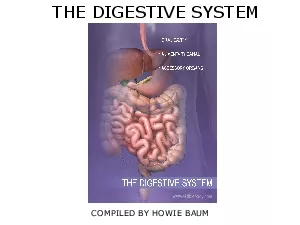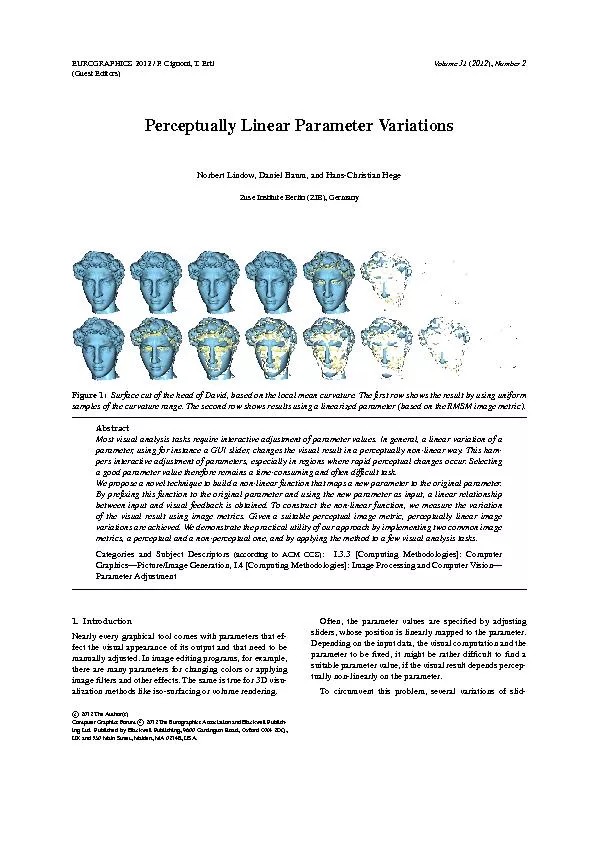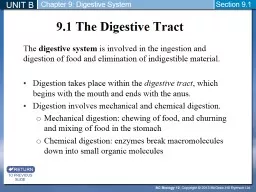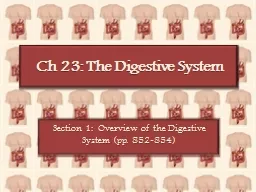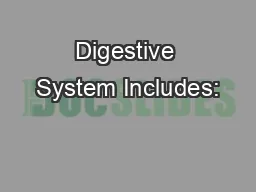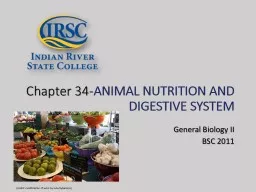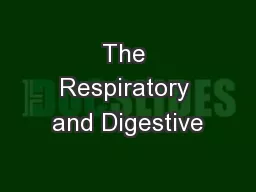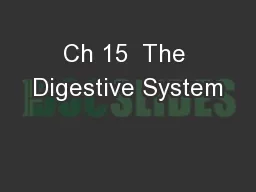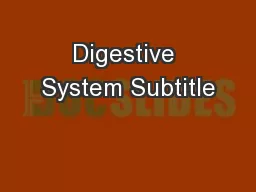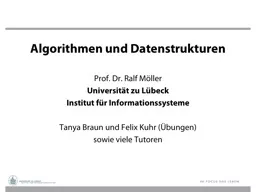PDF-THE DIGESTIVE SYSTEMCOMPILED BY HOWIE BAUM
Author : molly | Published Date : 2021-09-25
DIGESTIVE SYSTEMPeople are probably more aware of their digestive system than of any other system not least because of its frequent messages Hunger thirst appetite
Presentation Embed Code
Download Presentation
Download Presentation The PPT/PDF document "THE DIGESTIVE SYSTEMCOMPILED BY HOWIE BA..." is the property of its rightful owner. Permission is granted to download and print the materials on this website for personal, non-commercial use only, and to display it on your personal computer provided you do not modify the materials and that you retain all copyright notices contained in the materials. By downloading content from our website, you accept the terms of this agreement.
THE DIGESTIVE SYSTEMCOMPILED BY HOWIE BAUM: Transcript
Download Rules Of Document
"THE DIGESTIVE SYSTEMCOMPILED BY HOWIE BAUM"The content belongs to its owner. You may download and print it for personal use, without modification, and keep all copyright notices. By downloading, you agree to these terms.
Related Documents

